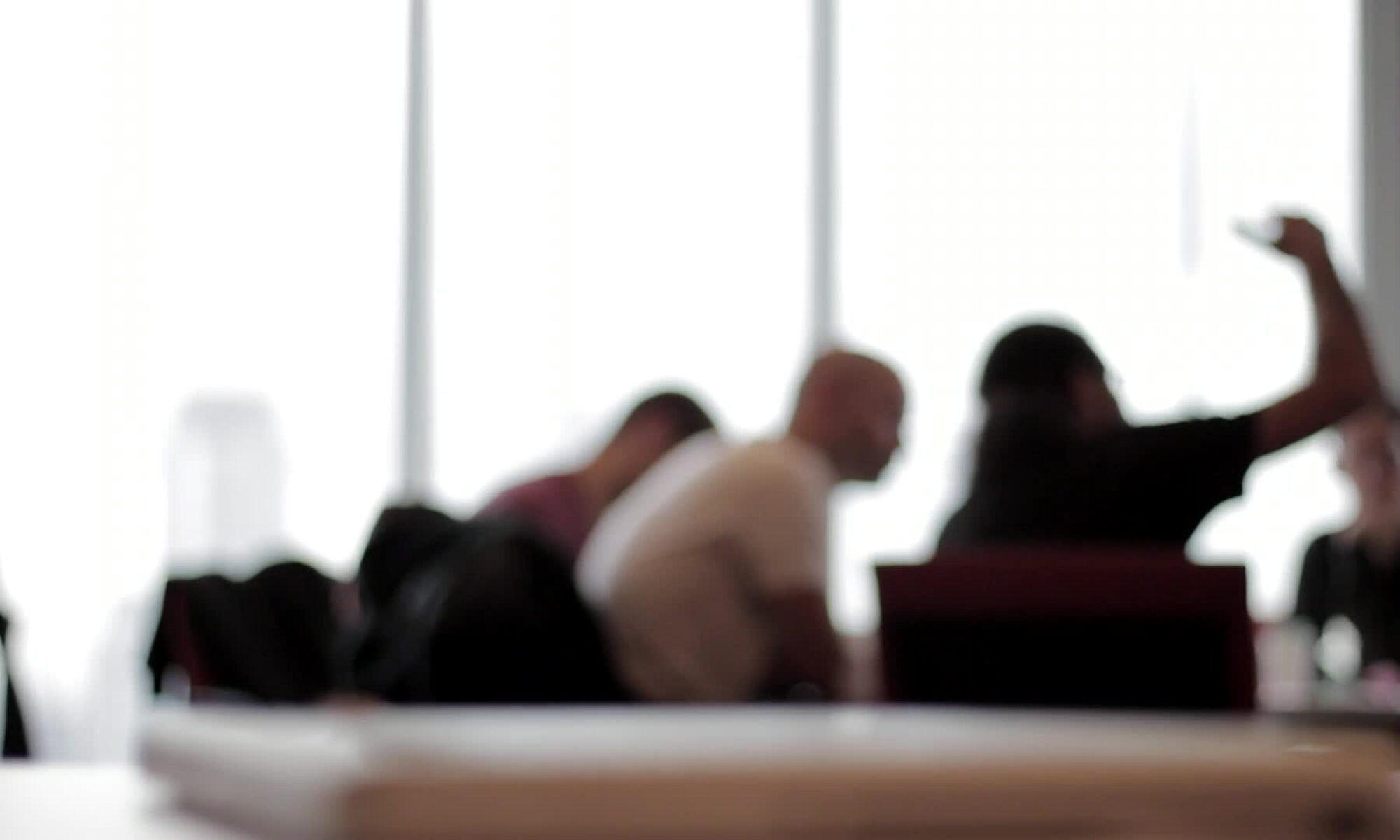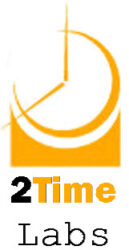 There are a number of ways that time demands can enter a user’s time management system, but those that enter on hard copy, or paper, are probably the most annoying for professionals.
There are a number of ways that time demands can enter a user’s time management system, but those that enter on hard copy, or paper, are probably the most annoying for professionals.
Some people’s offices are visual testimonies to the fact that they have a problem.
Piles of magazines, letters, bills and memos lay in piles on any available horizontal surface, creating a clutter that is overwhelming to the occasional visitor. In 2Time language, the problem might be one of Storing or Tossing, and the solution might involve the use of scanners, secretaries and dumpsters.
In most cases, however, the piles are a symptom of an underlying problem of Emptying.
Emptying involves more than just the “cleaning out” of different capture points. Instead, it also includes, perhaps, the most difficult practice to master in a user’s time management system — the point at which they must make a definitive decision about how best to handle a time demand.
To Empty well, a user must make time and space in their day to route each and every time demand to its proper destination in their system, and in many cases the decision is not a simple one. Sometimes, a decision cannot be made in the moment because it involves other people. In other cases, it requires research or deeper thinking.
When the time demand presents itself on paper, a different problem arises. Paper is difficult to work with because of its sheer physicality.
It takes up space, and unless it is sorted and filed away, the information that is on paper in all the different forms mentioned before is likely to be hidden between the pages. As a result, the information is difficult to find, plus time-consuming to recover.
Each piece of paper in a pile on a desk, on the ground, in a book, on a bill, etc. represents a small decision by the user to “attend to this later.” By making this decision, a user creates a time demand that essentially consumes a small piece of their future schedule.
At first, walking into an office with lots of paper in piles feel overwhelming, but many users train themselves to be immune to that feeling — they become numb.
Their productivity suffers as their peace of mind dwindles.
Some believe that the solution lies in refusing to accept paper into their lives, but I think that this is a bit of a red herring.
So are other strategies like buying a filing cabinet, scanner or hiring a personal assistant.
Instead, the solution lies is becoming better at Emptying, perhaps by improving a Belt Level, and elevating the act of Emptying to a place of importance in a daily schedule.
Users that grant themselves time and space to make high quality decisions about paper that enters their lives simply don’t have the problem that paper causes most of us.





